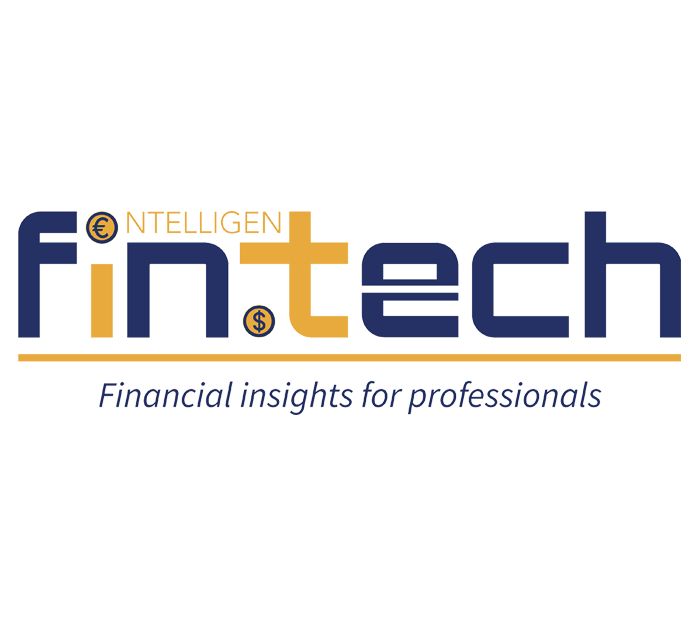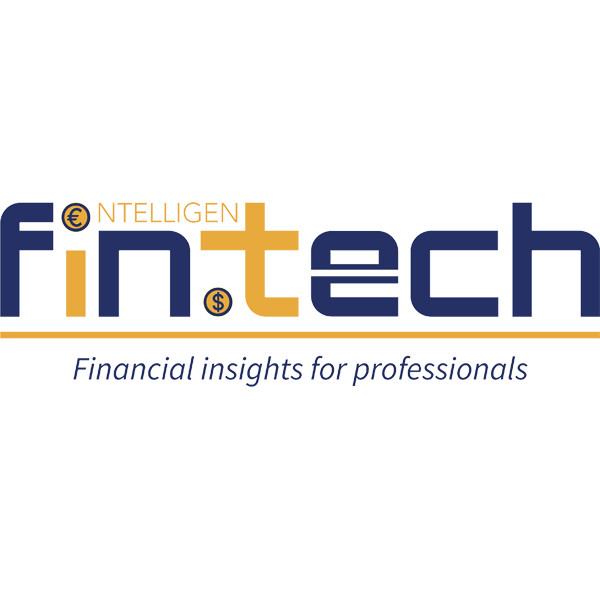Maria-Christine Diaz, Senior Business Strategy Manager at Eastnets, explores how ISO 20022 represents more than a messaging upgrade—it’s a strategic inflection point for banks. With the SWIFT deadline looming, she urges financial institutions to rethink compliance, infrastructure and customer propositions, and to treat migration not as a one-off project but as a catalyst for broader transformation.

By November 2025, the SWIFT-mandated migration is set to end MT message processing for interbank cross-border payment instructions and cash management reporting (CBPR+). With only six months till the deadline, it is time for organisations to realise ISO 20022 is not a one-off project, but rather a strategic opportunity to rethink the management of payments infrastructure, compliance and customer value propositions. This opportunity will rely on a coordinated, business-wide response.
Why ISO 20022 requires a coordinated effort
ISO 20022 will move organisations past flat, ambiguous MT messaging to much more structured, contextualised data that applies across all payment types. This will enable the capturing and exchange of richer details with far greater quality, accuracy and completeness.
ISO 20022 promises to strengthen Straight-Through Processing (STP) efficiency and improve the effectiveness of fraud detection and anti-money laundering (AML) processes. It also supports regulatory focus on real-time transaction monitoring and incident transparency, something central to frameworks like the EU’s Payment Services Directive 3 and the Digital Operational Resilience Act (DORA).
But ISO 20022 doesn’t just support regulatory alignment, it fundamentally alters the operational risk landscape. Most institutions still rely on compliance processes and infrastructures built for MT messages, which are poorly suited to handle the granularity and structure of ISO 20022 data. And when this richer data is simply “bolted on” to legacy systems, problems quickly arise.
Many banks are pursuing a tactical fix for what is a strategic shift. Systems and processes were built around the limited MT format which are flat, fixed and often ambiguous. Existing rule sets designed for flat MT messages begin to break down, triggering too many false positives and overwhelming compliance teams with noise instead of insights.
To realise the full value of ISO 20022, institutions need to map how payment data flows across their organisation. This helps identify legacy workarounds, uncover operational risks and pinpoint where ISO 20022 adds complexity or unlocks new opportunity.
With that foundation, banks can sharpen customer insights, strengthen fraud and risk controls, and develop new value-added services. To make this shift effectively, leaders must focus on three areas that drive transformation.
How true integrations unlocks real opportunity
The real opportunity begins when ISO 20022 data is integrated into core systems, not just translated at the edges.
Migration is not a one-off project but something that touches every part of the business, from reconciliation processes to customer-facing services. The key challenge of this transformation is knowing where the payment is, its status, without ambiguity, at any moment. Think of it like tracking an Amazon parcel delivery. To manage this, institutions need lightweight analytics tools to monitor and track payment messages in real-time across systems, to reduce reconciliation errors, manual workarounds and operational risk.
The true value is not the overview of the information, but its ability to support in streamlining operations, resolving issues more efficiently and delivering better outcomes.
Optimising financial crime detection
One of the most immediate benefits of ISO 20022 lies in financial crime prevention.
To take advantage of the richer information provided, institutions must recalibrate financial crime systems to work with clearer, structured and contextual ISO 20022 data. This isn’t just about better information, it’s about better precision. Finetuning these systems through precise finetuning techniques to improve detection precision and strengthen risk mitigation, all while reducing and operational costs.
Take Sohar International, a bank operating in the Middle East, as an example. It reduced its false positives by 67%, helping to identify suspicious transactions, simply by optimising screening strategies and using structured data. That kind of result creates space for smarter, faster decisions all while strengthening AML compliance.
Modernising infrastructure to create leaner payment processes
ISO 20022 also provides businesses with an opportunity to modernise current payment infrastructures. A modular orchestration layer – a flexible, business-agnostic workflow engine that seamlessly translates and routes messages across systems – could be introduced to shield core business applications from changes in formats, protocols and standards, for example. This reduces maintenance overhead and operational risk, accelerating ISO 20022 adoption without disrupting core operations.
By building this agility, financial institutions lay the groundwork to rapidly adapt to future market changes, new services and customer demands without overhauling core systems. It also provides real-time visibility and transaction integrity, making sure payments move securely, efficiently and in line with market expectations.
Approach ISO 20022 with strategy in mind, not just compliance
Treating compliance as the end goal is a strategic misstep, which could result in operational disruptions and regulatory scrutiny.
The real value lies not in translating messages, but in transforming the business. Those who embrace the shift – not just to adopt, but to adapt – will be best positioned to unlock smarter, data-driven growth in the years ahead.




